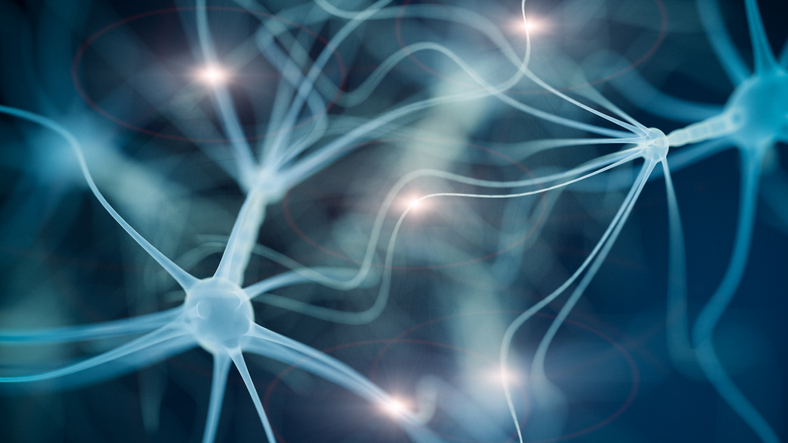Pain
What Is Radiation-Induced Peripheral Neuropathy?

Radiation is used to destroy cancer cells; however, it can also damage nearby noncancerous cells. Radiation-induced peripheral neuropathy refers to a set of symptoms that occur when peripheral nerves are damaged from radiation therapy. The peripheral nervous system is the communication network that connects the central nervous system (the brain and spinal cord) to every other part of the body. It carries sensations, controls movement, and regulates involuntary bodily functions.
Types
Types of radiation-induced peripheral neuropathy include the following:
- Early transient occurs within the first year following radiation treatment, followed by a complete recovery.
- Ischemic starts suddenly and does not worsen.
- Delayed progressive begins months, years or decades following radiation treatment. This type progressively worsens.
Symptoms
Symptoms of radiation-induced neuropathy are usually delayed and progressive with a gradual onset that slowly worsens over a period of months to years. Worsening can occur more rapidly following an injury to the affected area.
Symptoms of radiation-induced peripheral neuropathy include the following:
- Shooting, sharp, or burning pain
- Numbness
- Tingling or “pins and needles” sensations
- Inability to feel hot or cold in the affected area
- Muscle weakness or loss of balance
- Muscle twitching or cramping
- Difficulty breathing or swallowing
- Feeling dizzy or faint
- Constipation or diarrhea
- Sweating issues
- Sexual dysfunction
- Urinary incontinence
- Loss of reflexes
- Paralysis
Causes
During radiation therapy, cytokines released from cancer cells can damage adjacent noncancerous cells. This inflammatory reaction can result in nerve damage in the form of fibrosis, atrophy, ischemia, or ulceration of vessels and nerves.
Risk factors
Factors that affect the risk and severity of radiation-included peripheral neuropathy are not well-known; however, treatment-related and general risk factors for peripheral neuropathy may both play a part.
Treatment-related risk factors include, but are not limited to, the following:
- The use of low-energy machines that are placed a short distance from the skin (These types of machines are no longer used.)
- Poor body positioning during treatment
- Large doses of radiation
- Radiation performed over a large area of the body
In general, the development of peripheral neuropathy tends to be associated with the following:










